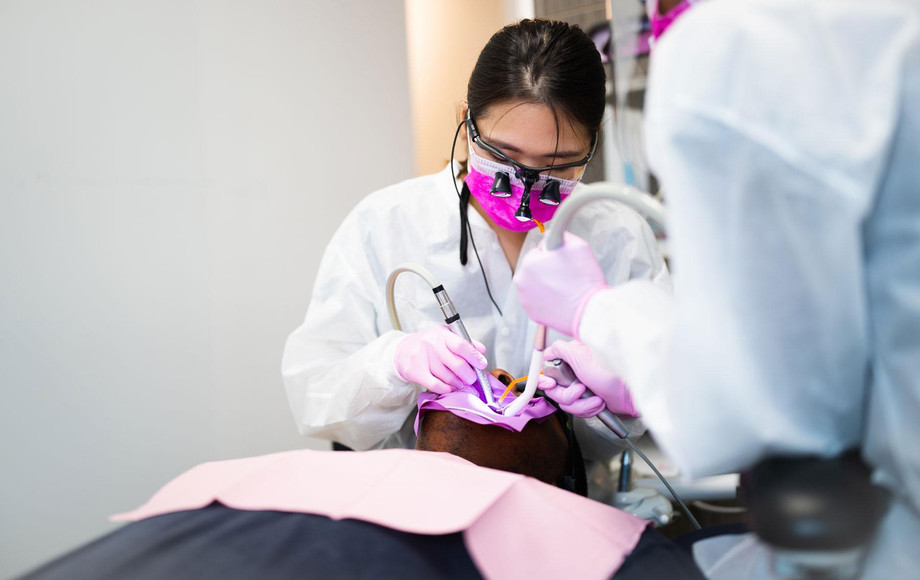To remove one or more wisdom teeth a surgical procedure called Wisdom Tooth Extraction Process is used. It may only be done by a dentist or an oral surgeon. The last permanent teeth to erupt in the mouth are wisdom teeth or third molars. Between the ages of 17 and 25, these teeth usually appear. Some people never develop a set of wisdom teeth in their whole life.
Teeth that don’t have enough room to appear into the mouth or develop normally is being called impacted wisdom teeth. In the case of impacted wisdom teeth, it may erupt only partially or not at all. An impacted wisdom tooth may have:
Grow at an angle toward the second molar
It grows at an angle toward the back of the mouth
As if the wisdom teeth are ‘lying down’ within the jawbone and grow at a right angle to the other teeth.
Grow down or straight up like other teeth but stay trapped within the jawbone.
.
What are the problems caused by wisdom teeth?
If your impacted wisdom teeth result in problems then you will likely need to pull them out. The problems like:
Continuous wisdom tooth pain
Trapping debris and food behind the wisdom tooth
Periodontal disease or infection
Decaying of the tooth in a partially appeared wisdom tooth.
Damage to a surrounding bone or nearby tooth
Development of a cyst around the wisdom tooth
To straighten other teeth complications with orthodontic treatments
What are the risks associated with wisdom teeth removal?
A surgical approach that involves making an incision in the gum tissue and removing bone is occasionally required in the impacted wisdom teeth removal. The complications include:
Exposure of bone or painful dry socket when the post-surgical blood clot is lost from the site of the surgical socket.
Infection in the socket from trapped food particles or from bacteria
Damage to nearby teeth, jawbone, nerves, or sinuses.
What you can expect during or after the procedure?
During the procedure-
Depending on the expected complexity of the impacted wisdom teeth extraction and your comfort level, your dentist or an oral surgeon may use one of three types of anesthesia. These are local anesthesia, Sedation anesthesia, or General anesthesia. Your oral surgeon or dentist during wisdom tooth extraction:
To expose the tooth and bone make an incision in the gum tissue
They also remove the bone that blocks access to the tooth root
If it’s easier to remove in pieces, they divide the tooth into sections
They remove the tooth
From the bone or the tooth, they clean the site of the removed tooth of any debris
Though this isn’t always necessary, stitches the wound closed to promote healing
To control bleeding and to help a blood clot form places gauze over the extraction site.
After the procedure
You are taken to a recovery room after the wisdom teeth removal near me if you receive general anesthesia or sedation anesthesia. Your brief recovery time is likely in the dental chair if you have local anesthesia. Follow your dentist’s instructions as you heal from your surgery on bleeding, food, pain management, beverages, stitches, etc.
Results
After a wisdom tooth extraction you probably won’t need a follow-up appointment if:
If you don’t need removing of stitches
During the procedure, no complications arose
Pain, numbness, swelling, or bleeding complications, if you don’t experience persistent problems.
Article Source : https://dentist-offices-in-houston.blogspot.com/2021/08/why-impacted-wisdom-teeth-removal-is.html








Comments